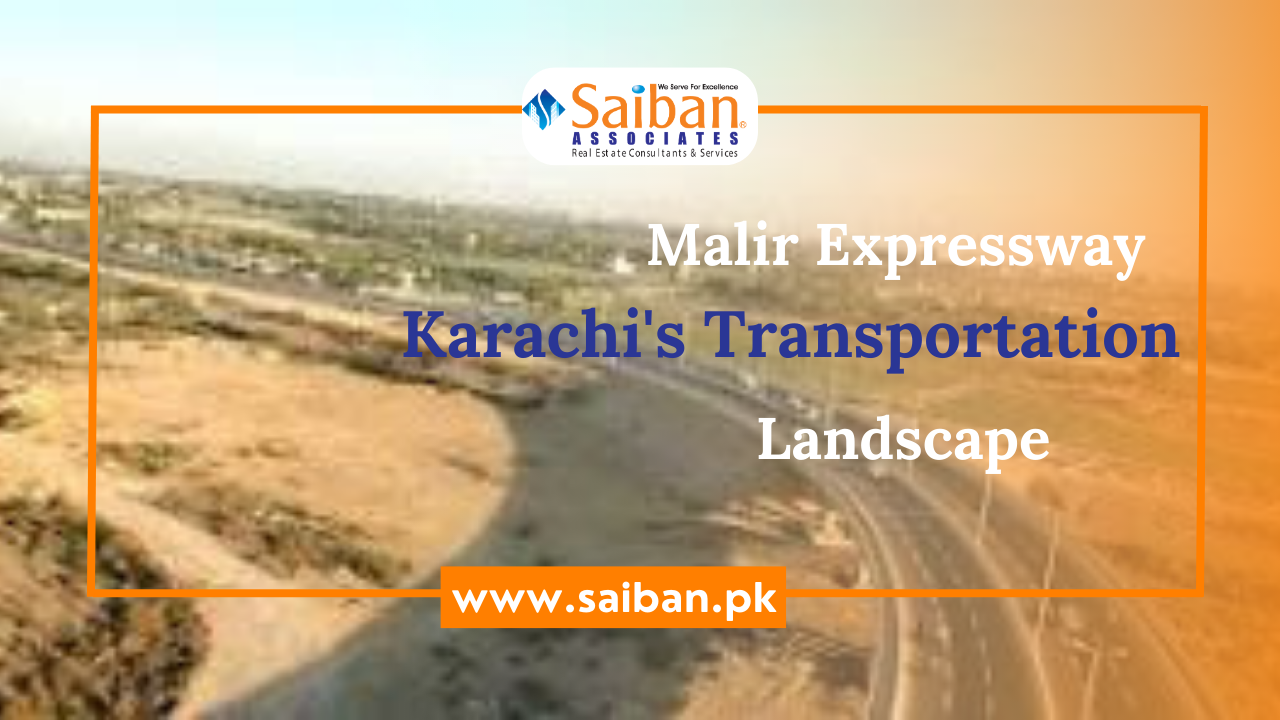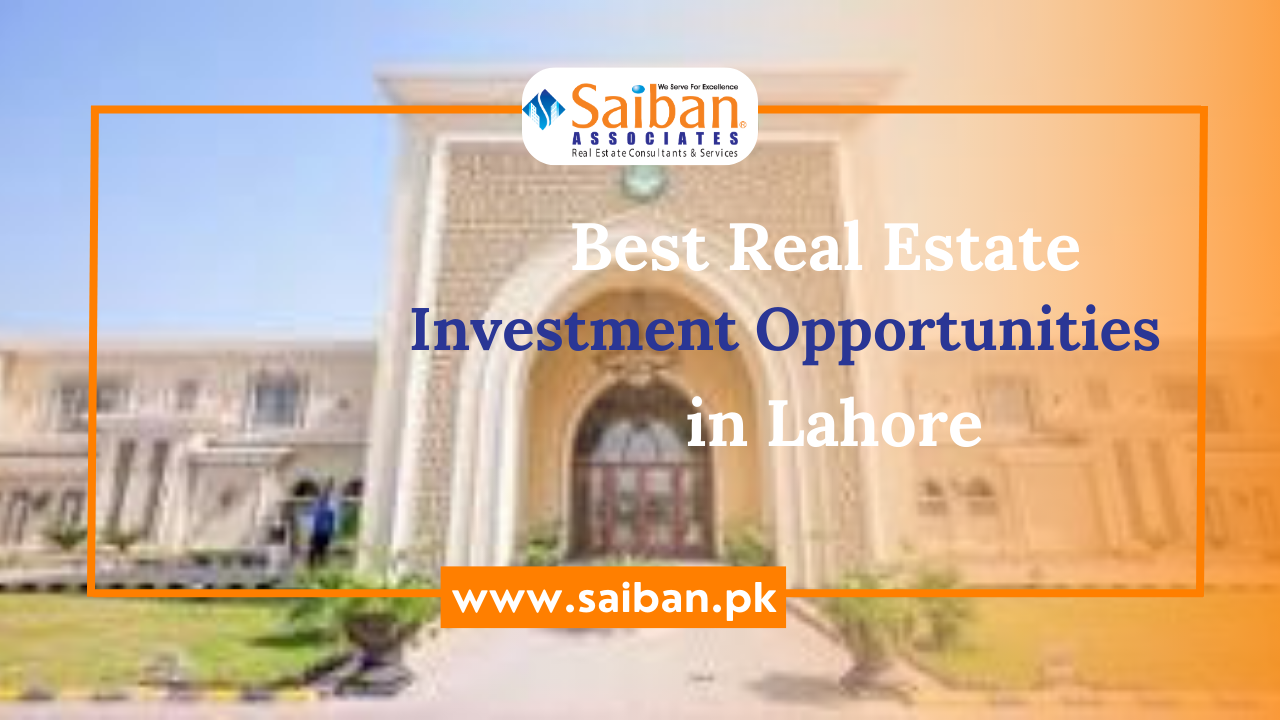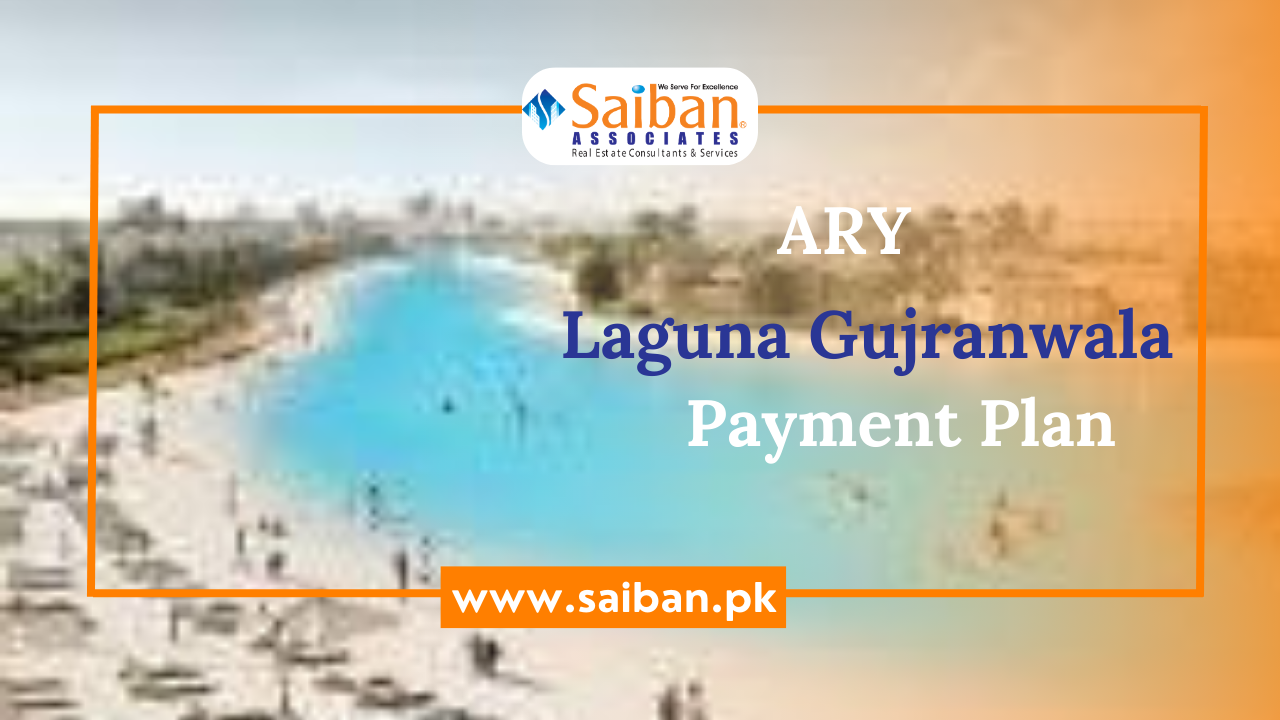The real estate market in Lahore has undergone significant changes and evolution over the past decade. This comprehensive guide will provide real estate investors with an overview of the key developments, trends, and factors that have shaped Lahore’s property landscape.
Historical Context
Before delving into the past decade, it’s important to understand the historical context of Lahore’s real estate market. Lahore, the capital city of Punjab, has long been a thriving center for real estate investment. The city’s strategic location, rich cultural heritage, and growing population have consistently driven demand for both residential and commercial properties.
In the years following Pakistan’s independence, Lahore experienced significant urban migration, creating a need for extensive construction projects to accommodate the influx of new inhabitants. This trend laid the foundation for the city’s real estate sector, which has since become a crucial component of Pakistan’s economy.
Market Growth and Stability
Over the past decade, Lahore’s real estate market has experienced steady growth, despite occasional fluctuations due to economic and political factors. The city’s expanding population, which now exceeds 11 million, has been a primary driver of demand for residential and commercial properties.
Key factors contributing to market growth include:
- Stable economy (pre-pandemic)
- Increased investment in infrastructure
- Development projects
- Lahore’s strategic location as a transportation hub
These elements have collectively enhanced Lahore’s appeal as an investment destination, attracting both local and international investors.
Emerging Trends
1. Rise of Apartment Living
Traditionally, Lahore’s residential market has been dominated by horizontal developments, primarily consisting of bungalows. However, the past decade has seen a significant shift towards vertical living, with an increasing demand for apartments and high-rise buildings.
This trend has been particularly noticeable in prime areas such as Gulberg, Cantt, and DHA. The Lahore Development Authority (LDA) has played a crucial role in promoting high-rise developments through favorable bylaws.
As of recent data, Lahore has approximately 251 Grade A apartment units, with an average occupancy rate of around 75%. This transformation challenges the previous assumption of a lack of demand for apartments in the city.
2. Gated Communities
The concept of gated communities has gained significant traction in Lahore over the past decade. These self-contained residential areas offer enhanced security, modern amenities, and a sense of exclusivity that appeals to many buyers and investors.
Popular gated communities in Lahore include:
- Bahria Town
- DHA (Defence Housing Authority)
- Paragon City
- Lake City
These developments have not only changed the landscape of Lahore’s outskirts but have also influenced property values and investment patterns across the city.
3. Mixed-Use Developments
One of the most notable trends in Lahore’s real estate market over the past decade has been the rise of mixed-use developments. These projects combine residential, commercial, and sometimes even corporate spaces within a single complex.
Mixed-use developments have gained popularity due to several factors:
- Efficient land use in densely populated areas
- Convenience for residents (work, live, shop in one location)
- Enhanced security and amenities
- Attractive investment opportunities
Lahore has emerged as a hub for mixed-use developments, with numerous projects under construction or in the planning stages throughout the city.
4. Focus on Luxury Properties
The past decade has seen an increased demand for luxury properties in Lahore. Developers have responded by creating high-end apartments and villas that offer premium amenities such as:
- Swimming pools
- Gyms
- Private cinemas
- Concierge services
This trend reflects the growing affluence of certain segments of Lahore’s population and the city’s evolving lifestyle preferences.
Market Segments and Popular Areas
Residential Sector
Lahore’s residential real estate market has diversified significantly over the past decade. While traditional housing options remain popular, new formats have emerged to cater to changing demographics and preferences.
Popular residential areas include:
- DHA Defence: Known for its well-planned infrastructure and high-end properties.
- Bahria Town: A large-scale gated community offering a range of housing options.
- Johar Town: A rapidly developing area with a mix of residential and commercial properties.
- Model Town: An established, upscale neighborhood with premium properties.
- Gulberg: A centrally located area popular for both residential and commercial real estate.
Commercial Sector
The commercial real estate market in Lahore has also seen significant growth over the past decade. Key developments include:
- Expansion of retail spaces and shopping malls
- Increased demand for office spaces, particularly in central business districts
- Growth of the hospitality sector, with new hotels and serviced apartments
Popular areas for commercial real estate include Gulberg, DHA, and the newly developed business districts.
Price Trends
Over the past decade, Lahore’s real estate market has generally seen an upward trend in property prices, although with some fluctuations. According to recent data:
- The average price of houses in Lahore as of September 2024 was PKR 5.58 Crore
- This represents a significant increase of PKR 4.58 Crore (456%) since December 2010
Price trends vary across different areas of Lahore:
- DHA Defence: Average price of PKR 8.2 Crore, with a 2% increase over the past year
- Bahria Town: Average price of PKR 4.13 Crore, with a 3% increase over the past year
- Johar Town: Average price of PKR 4.14 Crore, with an 8% increase over the past year
- Model Town: Average price of PKR 16.35 Crore, with a 7% increase over the past year
These figures demonstrate the overall growth in property values across Lahore, with some areas experiencing more rapid appreciation than others.
Factors Influencing Market Evolution
Several key factors have influenced the evolution of Lahore’s real estate market over the past decade:
1. Economic Factors
The state of Pakistan’s economy has played a crucial role in shaping Lahore’s real estate market. Factors such as inflation rates, interest rates, and overall economic growth have impacted property demand and pricing.
The COVID-19 pandemic temporarily slowed market growth, but the sector has shown resilience, with sales picking up as the situation improved.
2. Government Policies
Government policies and regulations have significantly influenced the real estate market in Lahore. Key policy changes over the past decade include:
- Promotion of high-rise developments by the Lahore Development Authority
- Changes in taxation policies affecting property transactions
- Regulations on property ownership and foreign investment
These policies have shaped investment patterns and development trends across the city.
3. Infrastructure Development
Significant investments in Lahore’s infrastructure over the past decade have had a profound impact on the real estate market. Key projects include:
- Expansion and improvement of road networks
- Development of the Lahore Metro Bus System
- Ongoing construction of the Orange Line Metro Train
These infrastructure improvements have enhanced connectivity within the city and increased property values in newly accessible areas.
4. Demographic Shifts
Changing demographics have played a crucial role in shaping Lahore’s real estate market. Factors include:
- Increasing urbanization
- Growth of the young professional population
- Rise of nuclear families
These shifts have driven demand for new types of housing, such as apartments and gated communities, and have influenced the development of mixed-use projects.
5. Technology and Innovation
The past decade has seen increased adoption of technology in Lahore’s real estate sector. This includes:
- Online property portals and apps for buying, selling, and renting
- Use of virtual reality for property viewings
- Implementation of smart home technologies in new developments
These technological advancements have changed how properties are marketed, sold, and managed in Lahore.
Challenges and Opportunities
While Lahore’s real estate market has shown significant growth and evolution over the past decade, it has also faced challenges:
Challenges:
- Economic instability and inflation
- Political uncertainty
- Regulatory changes and their impact on investor confidence
- Urban planning issues and infrastructure strain in rapidly growing areas
- Affordability concerns as property prices continue to rise
Opportunities:
- Growing demand for housing due to population growth and urbanization
- Potential for further development of suburban areas
- Increasing interest from overseas investors, particularly Pakistani expatriates
- Emerging niche markets, such as student housing and co-living spaces
- Potential for green building and sustainable development projects
Future Outlook
Looking ahead, Lahore’s real estate market is poised for continued growth and evolution. Key trends likely to shape the market in the coming years include:
- Further vertical development, with more high-rise residential and commercial projects
- Continued expansion of gated communities and mixed-use developments
- Increased focus on affordable housing to meet the needs of a growing middle class
- Integration of smart technologies in both residential and commercial properties
- Growing emphasis on sustainable and eco-friendly development practices
Conclusion
The past decade has seen significant evolution in Lahore’s real estate market, characterized by diversification of property types, emergence of new development concepts, and overall market growth. For real estate investors, Lahore continues to offer a range of opportunities across various segments of the market.
Key takeaways for investors:
- Understand the historical context and long-term trends in Lahore’s real estate market
- Stay informed about emerging trends, such as the shift towards apartment living and mixed-use developments
- Consider the potential of different market segments and areas within Lahore
- Be aware of factors influencing market evolution, including economic conditions, government policies, and demographic shifts
- Keep an eye on both challenges and opportunities in the market
By staying informed and adapting to the evolving landscape, investors can position themselves to capitalize on the continued growth and development of Lahore’s dynamic real estate market.



